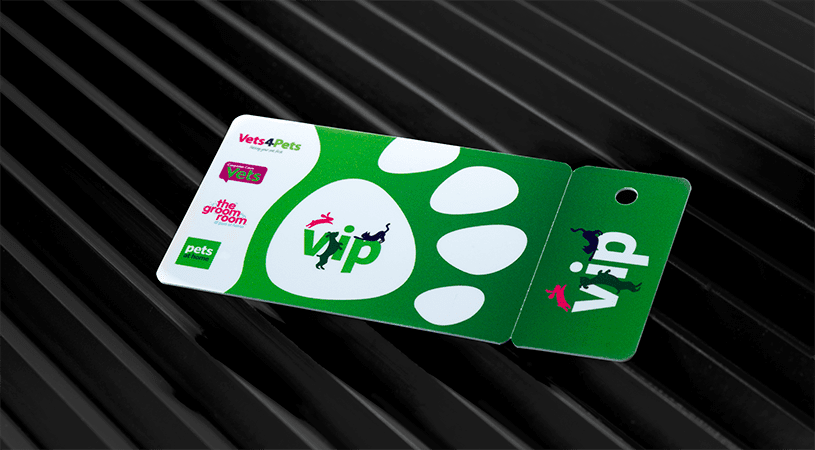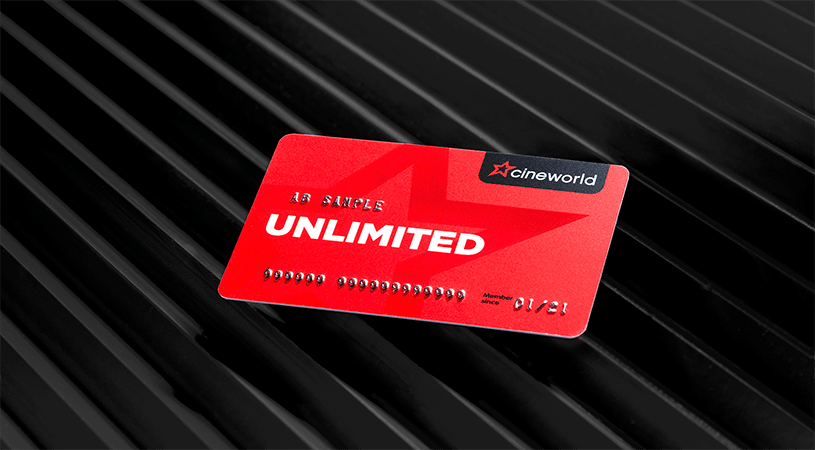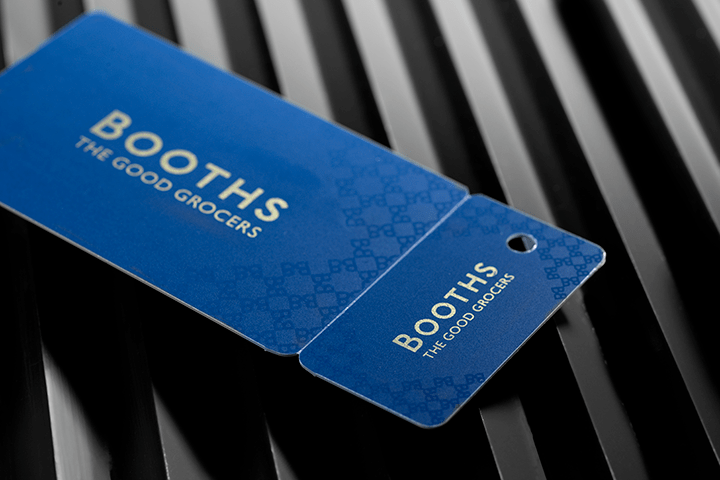When it comes to running a successful business, one of the most important aspects of ensuring its future is secure is to establish a following. With so many competitors vying for your share of the market, it can be difficult to stay afloat, so it is vital that you have a loyal fanbase of customers who will want to continue spending money with you. Repeat custom is what separates a good business from a successful one and a great way of achieving this is by setting up a membership programme for your loyal customers.
Membership cards are used by businesses to identify their most profitable clientele and as such they are issued to customers who are likely to spend a lot of their time at your business. They are capable of storing and collecting vast amounts of information about your customers, such as their shopping habits, how much they spend and how frequently they visit. This information is then collected and can be used to tailor their experience by offering deals on items of stock you may need to get rid of, as well as a number of other uses.
These cards are used on a regular basis by your customers and this can result in them becoming damaged thanks to wear and tear. This was a problem that affected many paper cards, which although they were cheap to produce, they did not have the quality to survive as they became easily damages and were extremely susceptible to water. The introduction of plastic membership cards made them much more durable and effective over a longer period of time.
One of the biggest advantages that having a plastic membership card has is that they are regularly monitored; meaning that customer shopping habits can be used to identify trends in the market and other such needs. The information that is held on these cards can be quite sensitive and important for your business, so ensuring that it is secure is necessary and thanks to a plastic membership card, the data can be transferred immediately through the use of a barcode, a chip or any other technology that the card utilises.




